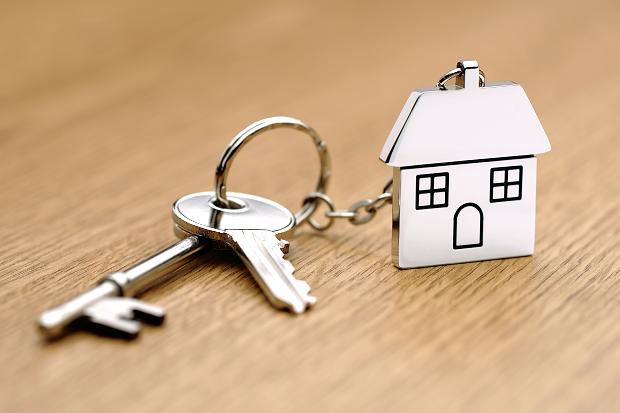Younger households are more likely to rent privately than older households; in 2017 those in the 25 to 34 years age group represented the largest group (35%).

The number of households in the private rented sector in the UK rose from 2.8 million in 2007 to 4.5 million in 2017, an increase of 1.7 million (63%) households, ONS figures for the private rental sector has found.
Younger households are more likely to rent privately than older households; in 2017 those in the 25 to 34 years age group represented the largest group (35%).
Kate Davies, executive director of Intermediary Mortgage Lenders Association (IMLA) said: “The recent period of subdued rental price increases may be disguising the true effect of various tax and regulatory changes imposed since mid-2015.
“These measures continue to erode the buy-to-let sector, and in turn the whole Private Rental Sector. In fact, we may be approaching a watershed, as landlords will only be starting to feel the adverse effects of income tax changes when these are reflected in their tax bills for the first time this month.
“This continued erosion in buy-to-let is visible in the reduction in investment in rental property, as IMLA’s report in early 2018, ‘Buy-to-let: under pressure’ showed, with net investment in buy-to-let collapsing by 80% over just two years.
“UK Finance figures showed that in Q3 2018 new buy-to-let loans for house purchase were down 18% on Q3 2017 numbers and 50% lower than three years earlier, when the first Government changes were announced.
“It is no coincidence that, despite a growing contribution from build to rent, 2017 brought an abrupt reversal to 16 years of uninterrupted growth in the stock of private rental dwellings.”
Households in the private rented sector are getting older; between 2007 and 2017, the proportion of household reference persons aged 45 to 54 increased from 11% to 16% while those aged 16 to 24 dropped from 17% to 12%.
Meanwhile households in the 45 to 54 years age group saw the biggest percentage increase from 11% in 2007 to 16% in 2017, an estimated increase of 384,000 households.
As at financial year ending (FYE) 2017, 62% of households in the private rented sector in the UK had spent under three years in the same accommodation and only a small proportion (4%) had been in the same residence for 20 years or longer.
Northern Ireland has the newest private rented dwelling stock (38% built after 1980) in the UK, while Wales has the oldest (43% built pre-1919).
There was an increase in the percentage of households in privately rented accommodation over the past decade from 13% in financial year ending (FYE) 2007 to 20% in FYE 2017.
This contrasts with the percentage of owner occupiers, which has seen a decline over the same period. For the period FYE 2017 private renters accounted for 20% of all households, compared with 62% for owner occupiers and 17% for social housing occupants.
Households owned outright increased from 7.9 million to 9.4 million while households buying with a mortgage fell from 9.8 million to 8.3 million. The number of social rented households decreased by 200,000 households to 4.5 million, the Annual Population Survey showed.
Davies added: “We will continue to raise concerns about the full effects that tax and regulatory layering will eventually have on property availability and tenant choice.
“If, as we expect, policies contribute to higher rents for tenants, this will in turn make it harder for those who are trying to save for deposits to buy their own homes.
“Buy-to-let landlords represent a key element of the Private Rental Sector, providing homes for a very wide spectrum of households.
“This includes many benefit claimants, who would in the past have had access to social housing. IMLA will continue to monitor the impact of the tax and regulation changes.
“We consider it vital that no additional measures should be introduced which could risk further eroding the health of the Private Rental Sector or the well-being of those who rely upon it.”



